Our Blog
2025 CANAM SxS RELEASE - THE MAV R 4 SEATER IS HUUUUUUGE | CHUPACABRA OFFROAD

2025 Can Am release, a little quiet, what do you think?
Transcription:
(0:00) The 2025 side-by-sides from Can-Am are here. Let's talk about it. Hey everybody, it's Nick Olson, Chupacabra Off-Road, and the 2025 Maverick R four-seater is real. We've been speculating on this for quite a while, and finally, it's here. You guys have been following the channel for a while. About one year ago, we did a comprehensive shootout of the four-seat vehicles, comparing the Polaris Pro R, the Speed UTV, and the Can-Am X3, which was a bit of a bummer because we were hoping the Maverick R four-seater would have come to light sooner. But now, it’s here, and I’m excited to discuss its specs, pricing, and overall design.
(0:48) Building off of the two-seat Maverick R, the horsepower and suspension layout remain the same, but now we have four seats instead of two. The wheelbase stretches an additional 7.5 inches compared to the X3 four-seater, with a total wheelbase of 142.5 inches. This makes the entire vehicle approximately 11 inches longer than the four-seat X3. I’ve talked a lot on this channel about wheelbase and handling, so it’s intriguing to see how this longer wheelbase impacts the vehicle’s overall performance.
(1:41) Fast forward to 2024: four-seaters have become so long that if you want the ultimate driving experience, a two-seater is the way to go. However, many opt for four-seaters due to practicality, such as carrying kids, gear, or even dogs for adventure trips. My own Speed UTV, for instance, has a shorter wheelbase at 120 inches, which I prefer, but now I'm considering a Pro R for its versatility. The length of these vehicles may seem like a downside, but the power compensates for it. The Pro R and the Maverick R both have power that allows them to handle their length more effectively, especially in off-road conditions.
(3:02) The efficiency of the DCT (Dual Clutch Transmission) in the Maverick R also plays a significant role. Unlike CVT transmissions, which lose power between 26-30%, the DCT is more efficient, losing only around 17%. This translates to more horsepower reaching the wheels despite the Maverick R being heavier, weighing around 2,660 lbs.
(4:20) The Maverick R’s power output at 240 horsepower, combined with its weight and the efficiency of the DCT, will make it a formidable competitor. The X3 has been loved for its lightweight power, perfect for dunes. Now, the Maverick R adds improved ride characteristics, like stability and a low, flat handling feel. This provides a step up in control compared to the X3, making it appealing for those who enjoy diverse terrains.
(6:00) The Maverick R’s four-seater design, with its extended wheelbase, might seem challenging, especially for rock crawling, but it has proven itself capable. In the high-speed races like Vegas to Reno, Can-Am's focus on racing and customer feedback has paid off, resulting in a more rugged, race-ready vehicle. The DCT’s efficiency, improved weight distribution, and first-gear enhancements support this performance.
(9:00) However, Can-Am has not made significant updates to the X3 lineup for 2025 apart from new colors. The X3 remains popular, particularly for sand dunes, due to its power and lighter frame. But compared to the Pro S or Pro R, which have better airflow systems and tech integrations like Ride Command, the X3 starts to show its age.





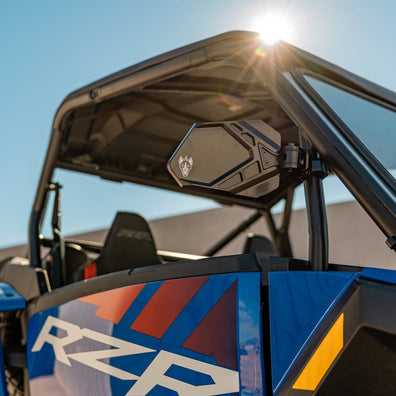
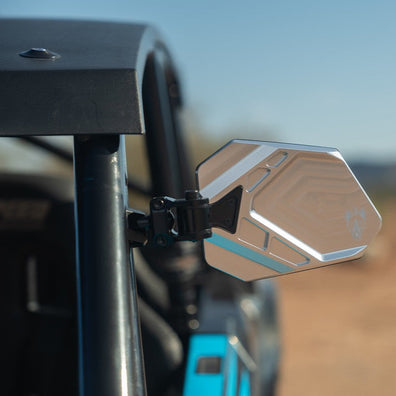








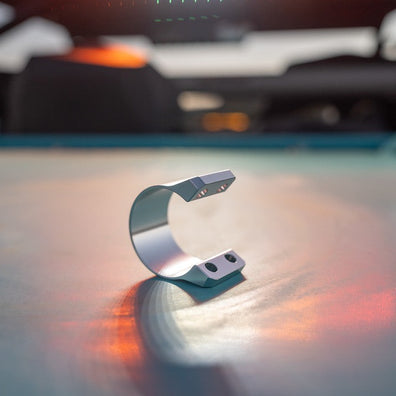



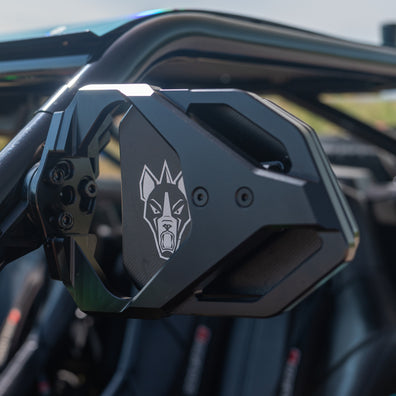
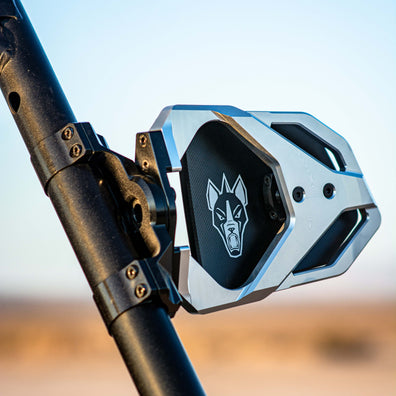









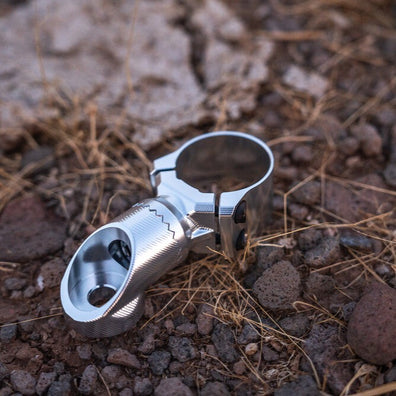



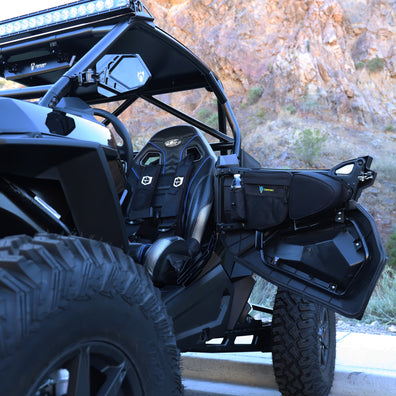
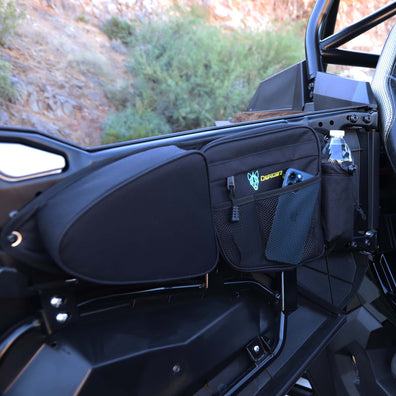



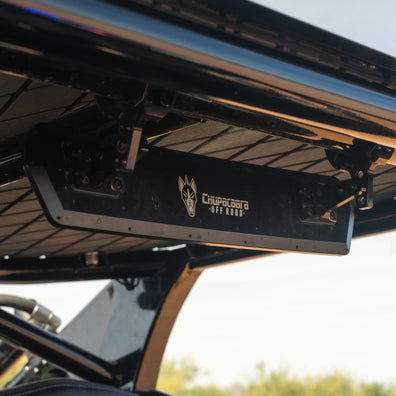
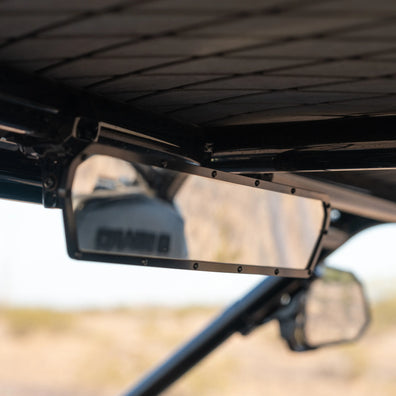








LEAVE A COMMENT